The Big Dry
A Photo Essay
I grew up in the mountains of western Montana and somewhere along the line I began calling the vast, arid geography east of the Rockies “The Big Dry.” I often find myself there when cottonwood trees along prairie rivers change color or the fresh scent of new sage saturates the still air or a patch of Evening Primrose blossoms. Such encounters kindle my appreciation for this intriguing part of Montana and help me embrace the great irony alive there.
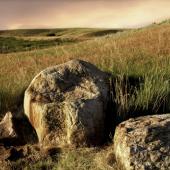
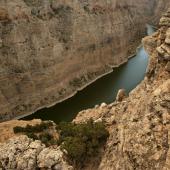
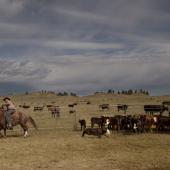
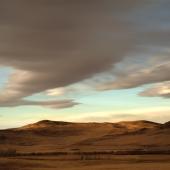
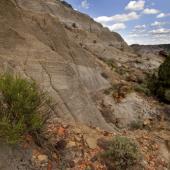
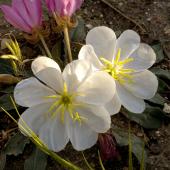
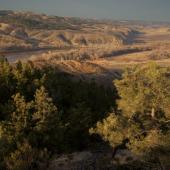


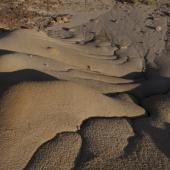
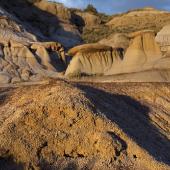

The Big Dry begins just east of the outlier mountain ranges, those isolated albeit lofty peaks which serpentine our homeland north to south. Ranges with interesting names like Highwood, Big and Little Snowy’s, Castle, Crazy, Front Range and Sweetgrass Hills to the north, Beartooth and Pryor to the south. From the east facing slope of these ranges the Big Dry rolls out like an immense tawny carpet cut by deep coulees, bone dry arroyos, and wind-sculpted sandstone formations all the way to the Dakota line.
Balanced equally against the innate harshness and unforgiving qualities of the Big Dry is the land itself, it’s immense hidden beauty, quiet solitude, occasional grandeur and unequaled sense of open space. The Big Dry is a geography born of old oceans coming and going as geologic time ticked by. For the aspiring artist colors—red, yellow, cream and a hundred shades of brown—layer like the pages of a book. In places like Makoshika, Terry Badlands Medicine Rocks, Warrior Trail, Bighorn Canyon, Sand Arroyo and the sacred Sweet Grass Hills further north a striking beauty reveals itself juxtaposed by the unfolding of a relentless human story.










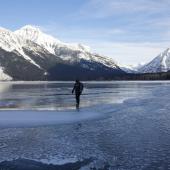
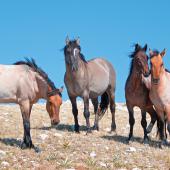
Leave a Comment Here